What Does It Mean to Have a Growth Mindset?
Abilities and intelligence can be developed. This is the foundation for a growth mindset. Although the idea seems simple and straightforward, a surprisingly large number of adults and young students do not think this way. Many students see their intelligence as a fixed part of who they are. No matter how hard they study or how hard they challenge themselves they will always be “x” amount smart. This mentality limits a person’s self-esteem, confidence, work ethic, and actual ability to perform tasks effectively and meaningfully.
This mindset is even more tragic for young students who are just beginning to explore the world, come face-to-face with new challenges, and discover new ideas. A fixed mindset should not be one of those ideas. When students understand that their minds and their abilities can grow, their potential, enjoyment, and retention of learning become limitless! Students challenge themselves more often and become more open to constructive criticism and new ideas. Furthermore, they can begin to think critically about topics beyond their current interests. They become better thinkers, better students, better teammates, and better people in the process.
How Can Teachers Encourage A Growth Mindset in Their Students?
A recent article by Kim Einolf states that we need to “change the conversation about education from a narrow focus on academic achievement to one that enables long-lasting development and success of the
whole child.” The focus of Einolf’s article is on the “whole” child and how teachers should begin to deepen their students’ thinking on a very detailed and integrated level. The article gets to the major issues surrounding the
fixed mindsets that many students are developing. Here are seven issues that Einolf’s article brings to light:
- There is a lack of diversity in the strategies that engage students in the learning curriculum.
- Many students do not receive a well-rounded education (that deals with nature preservation and deep attention to physical education, music, and art).
- Many schools/districts rely on standardized assessments to gauge their students’ achievement.
- There is a limited variety of materials and strategies for using those materials available to all students.
- Many students engage in unhealthy lifestyle practices.
- Teachers do not often fully integrate math and language throughout the curriculum or in daily lessons.
- Many teachers/curricula do not incorporate technology in moderation, nor do students use technology in moderation.
These issues limit the chance of teachers engaging with the whole student. In turn, many students can develop fixed mindsets rather than growth mindsets after being exposed to these restrictions. In order for every child to be successful, as well as understand that success comes from developing one’s skills and understanding, we need to overcome these issues. Physical activity, diversity in materials/learning strategies, and daily mathematics integration are some of the keys to turning these issues on their heads and fostering a growth mindset in every whole child.
Moreover, a child’s learning continues even after school, so it is extremely important that that student is in an environment at home where she can develop a growth mindset (and not fall into the above traps). How can we avoid these issues? By approaching the curriculum kinesthetically and creating learning environments where growth mindsets thrive. Movement makes learning fun. When learning is fun, young students are more inclined to take risks, ask questions, and invest their time in their educational activities. Students begin to enjoy learning and see progress in themselves. This is the foundation of the growth mindset.
The Seven Kinesthetically-Charged Updates for Creating Growth Mindset Classrooms
- Use teaching strategies that include all learning styles (visual, kinesthetic, and auditory) to keep every student (and teacher) engaged with the curriculum. When a student is playing and moving, she does not see herself as limited, so the opportunity for learning can thrive.
- Allow physical exercise and musical exposure to play major roles in the daily teaching of students. Kids love playing, and the human brain is hardwired for music, so it’s in students’ best interests to give them opportunities to learn while playing. Let students express themselves so they don’t become bored or moody.
- Don’t rely heavily on what standardized tests say to measure your students’ progress in relation to one another. Instead, use simple classroom observations as well as one-on-one conferences with students to identify the underlying issues. Pre- and post-testing and self-evaluations are also helpful ways to gauge how your students see their own progress.
- Give your students a wide variety of materials to study, explore, and use to tackle their lessons. As mentioned above, not every student has the same learning style, thus it’s best to have your classroom materials reflect that diversity. Large visuals, kinesthetic/interactive floor or wall banners, and toys are always important to have in a classroom. It’s very important to include them on a daily basis in your lesson plans and scheduled activities.
- Teach your students the important reasons why being healthy will make a difference in their lives. Teach them how to be healthy, and keep them up and moving throughout the day. As kids move, their brain releases the important chemical dopamine. When learning or instruction is added to this physical activity (such as asking a student to multiply seven by seven while hopping on a number line), students begin to retain critical knowledge at faster rates. Furthermore, as their teacher, you are a role model, so if you lead a healthy lifestyle (or at least demonstrate aspects of it to your students), they are more likely to follow your example.
- Rather than focusing 40 minutes a day on math lessons, spread out the math exercises and problems throughout the day to keep students engaged, fresh, and confident in their own ability. The foundation for all early learning is counting, so it’s important to test and build on that knowledge as much as possible. We can find numbers in everything! Illustrate that to your students and make it a fun game.
- As Einolf tells us, it’s a good idea to keep technology at an arm’s length distance from your students. Unfortunately, that’s only practical to a point, as technology, and being technologically savvy, is important for today’s youth. Technology can become a distraction if misused, but it can also be a nice complement to certain lesson plans. For instance, young students can benefit from using technology to access and understand (through different perspectives) global issues. While helpful in some ways, learning through technology is also a very sedentary process; it’s important to balance it with lots of time using kinesthetic learning practices.
References
Mindset Works
What Having a Growth Mindset Actually Means
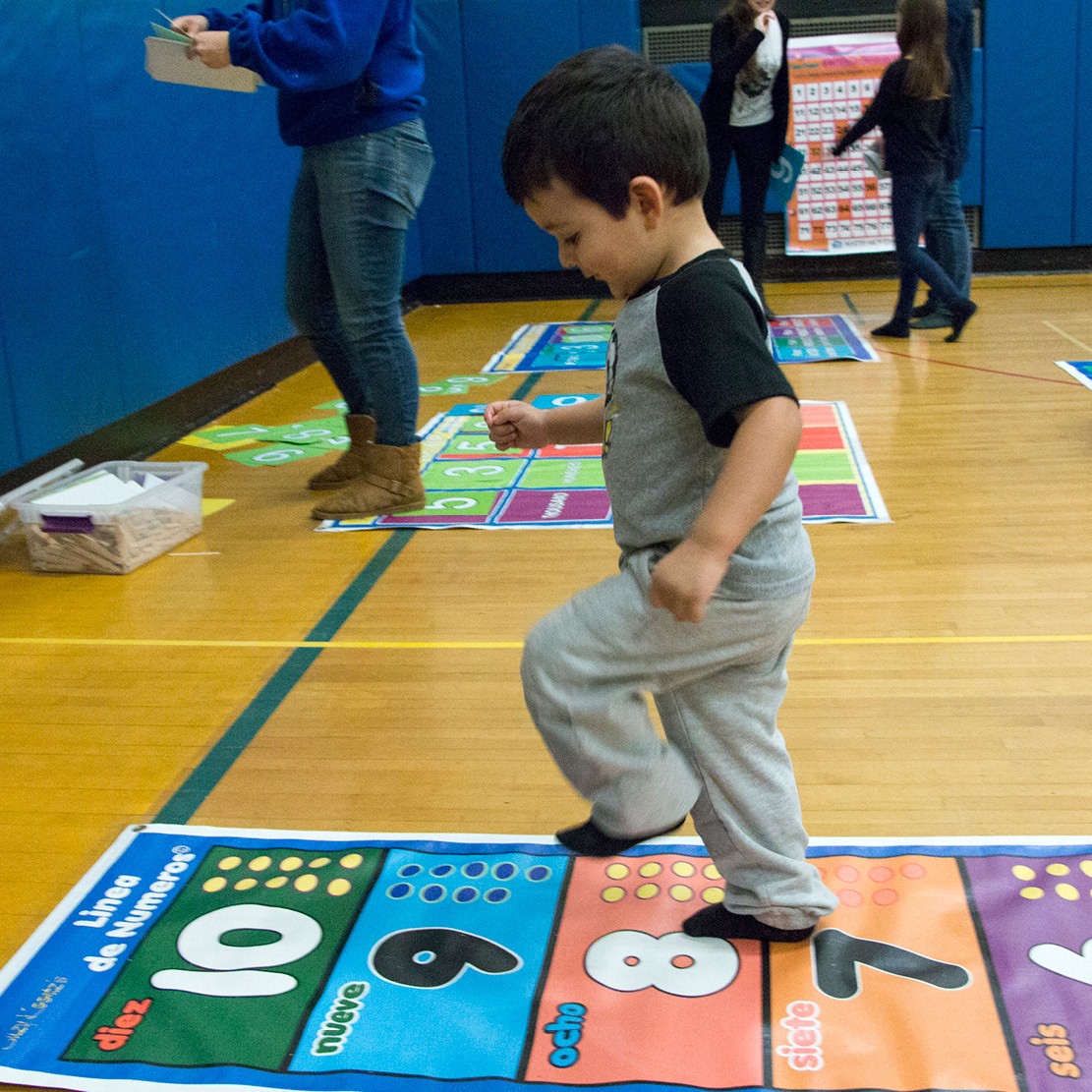
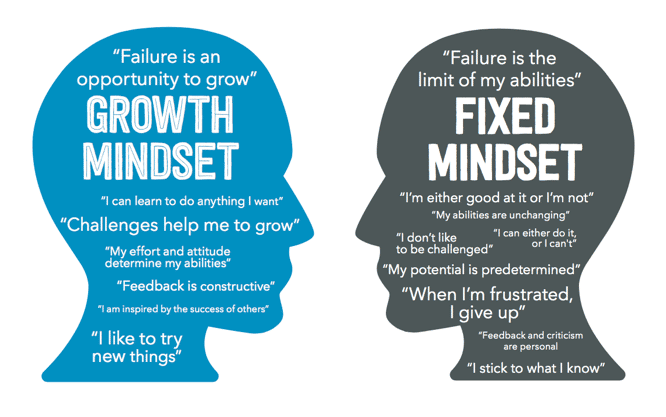

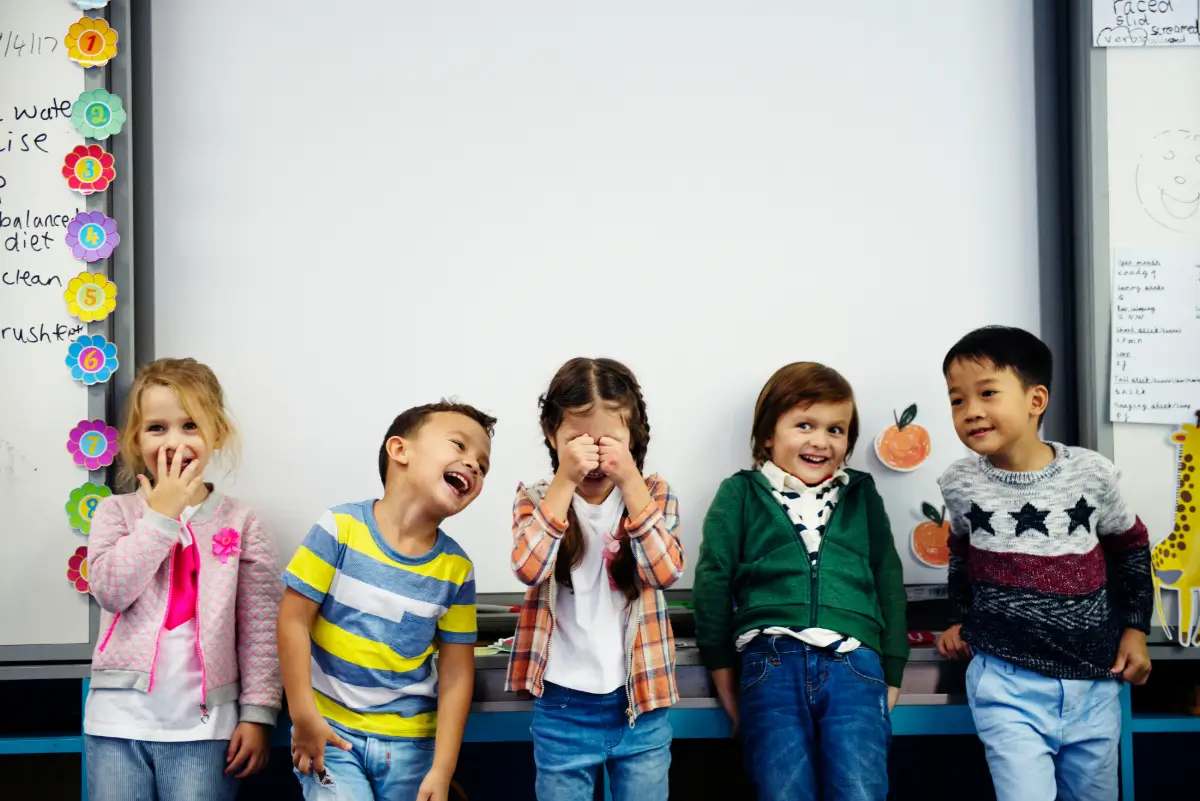

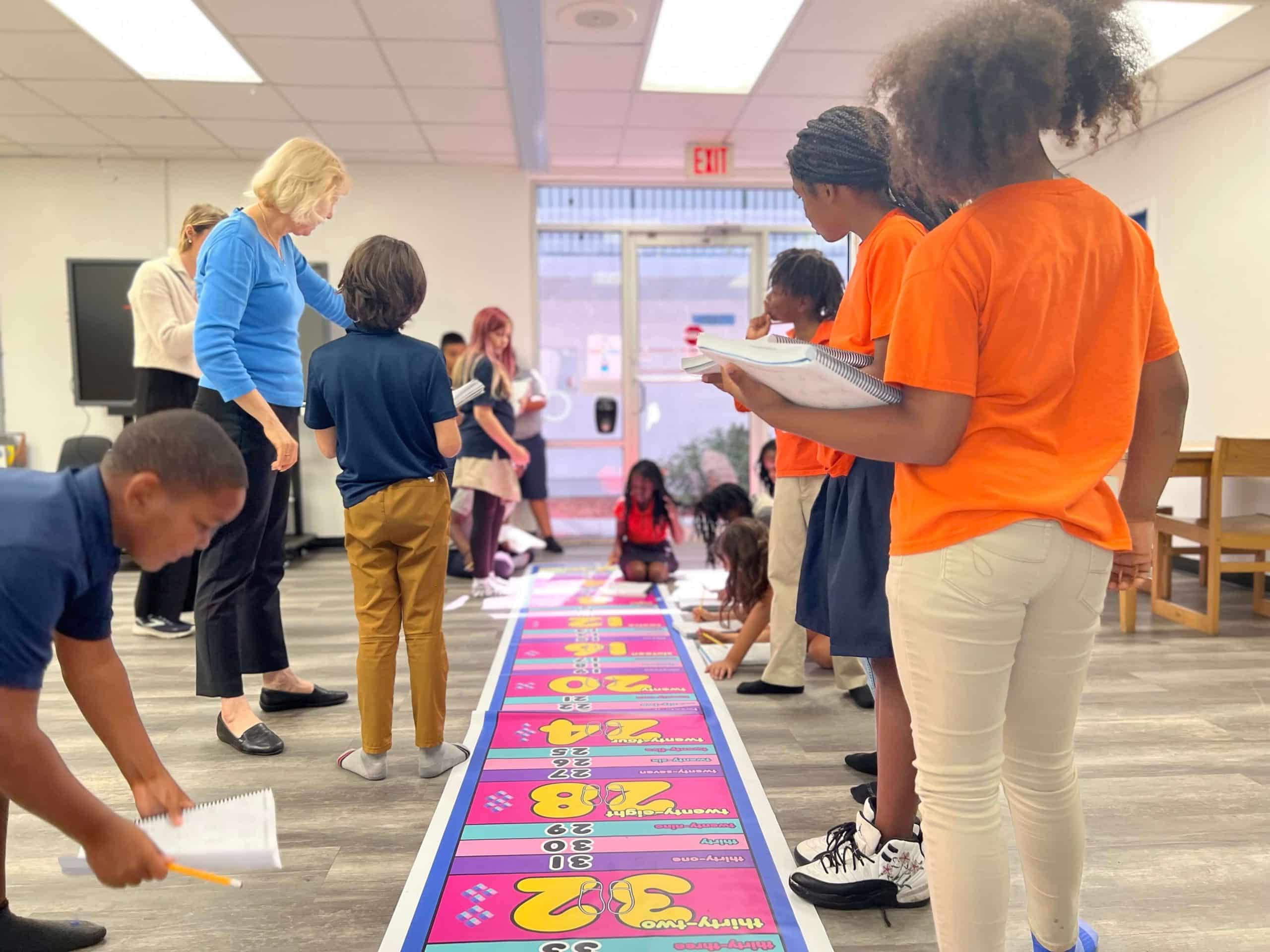
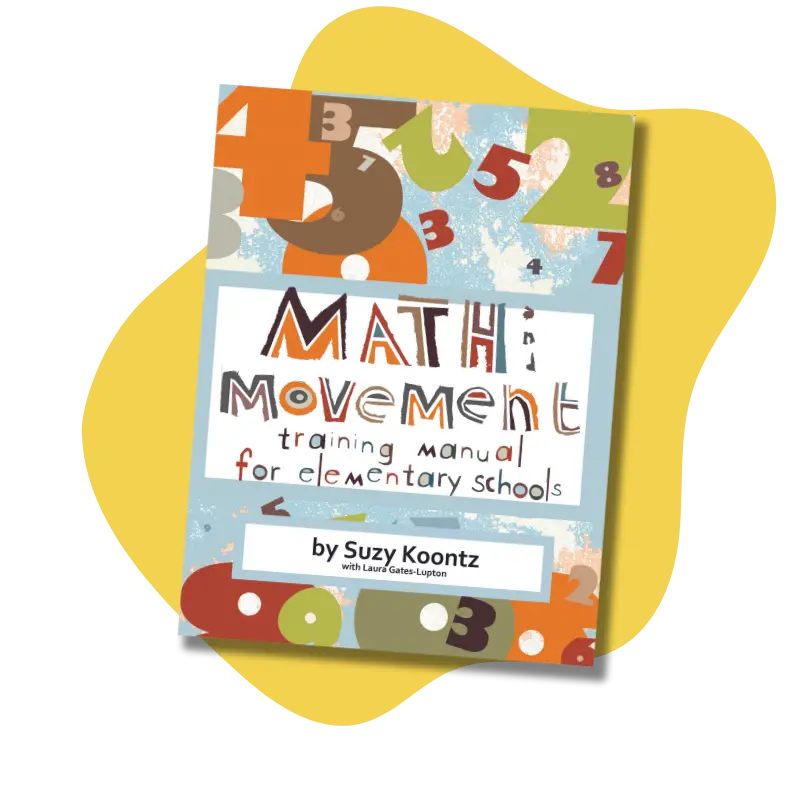
One Response
This is a very informative excerpt that actually awakens the world of education in a positive perspective. I am elated to see the richness of this data alone that supports educating the WHOLE child. I will definitely improve my students’ success by implementing and exploring the findings of this evidence. I am excited that the shared information was made available for the public and hope many educators will benefit from incorporating this into their classroom environment. Again, I am amazed and hopeful that the world will see that students need full engagement in every aspect to continue to develop.